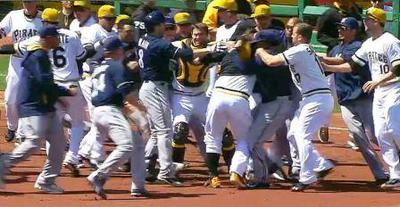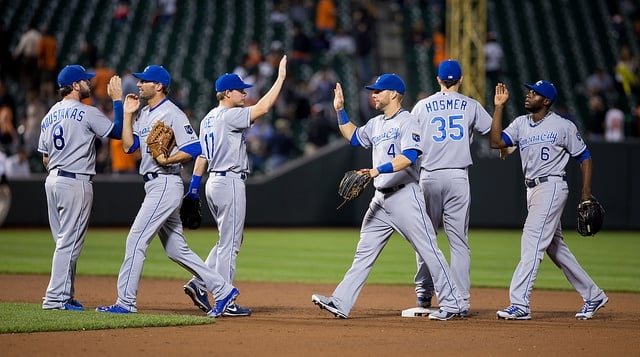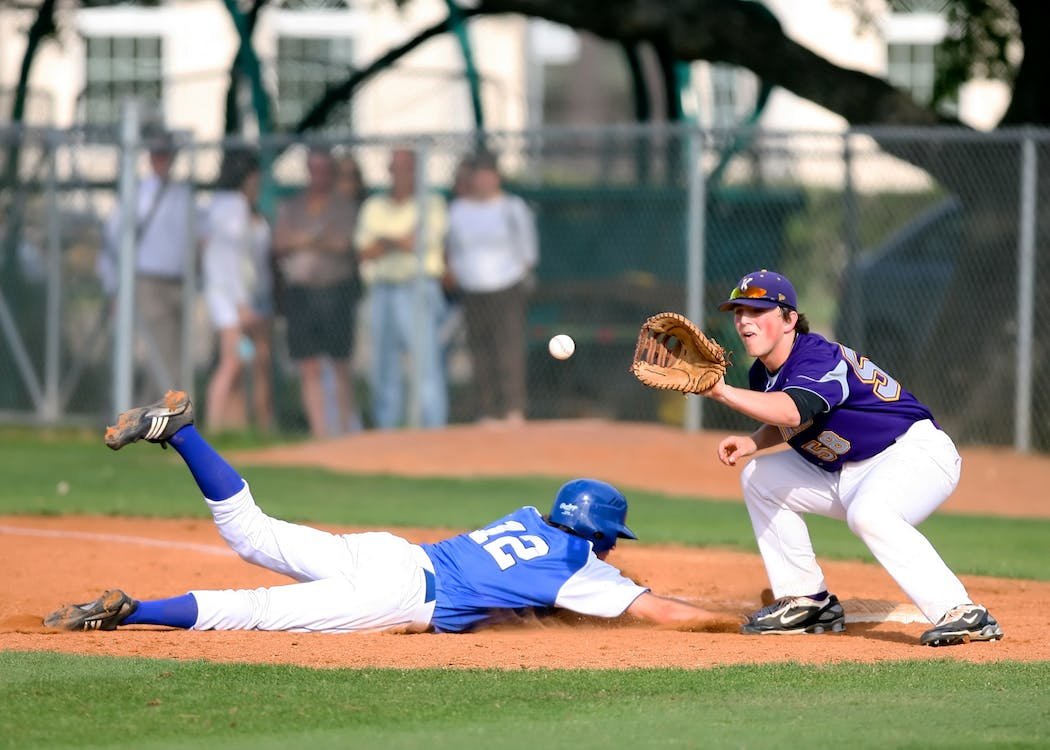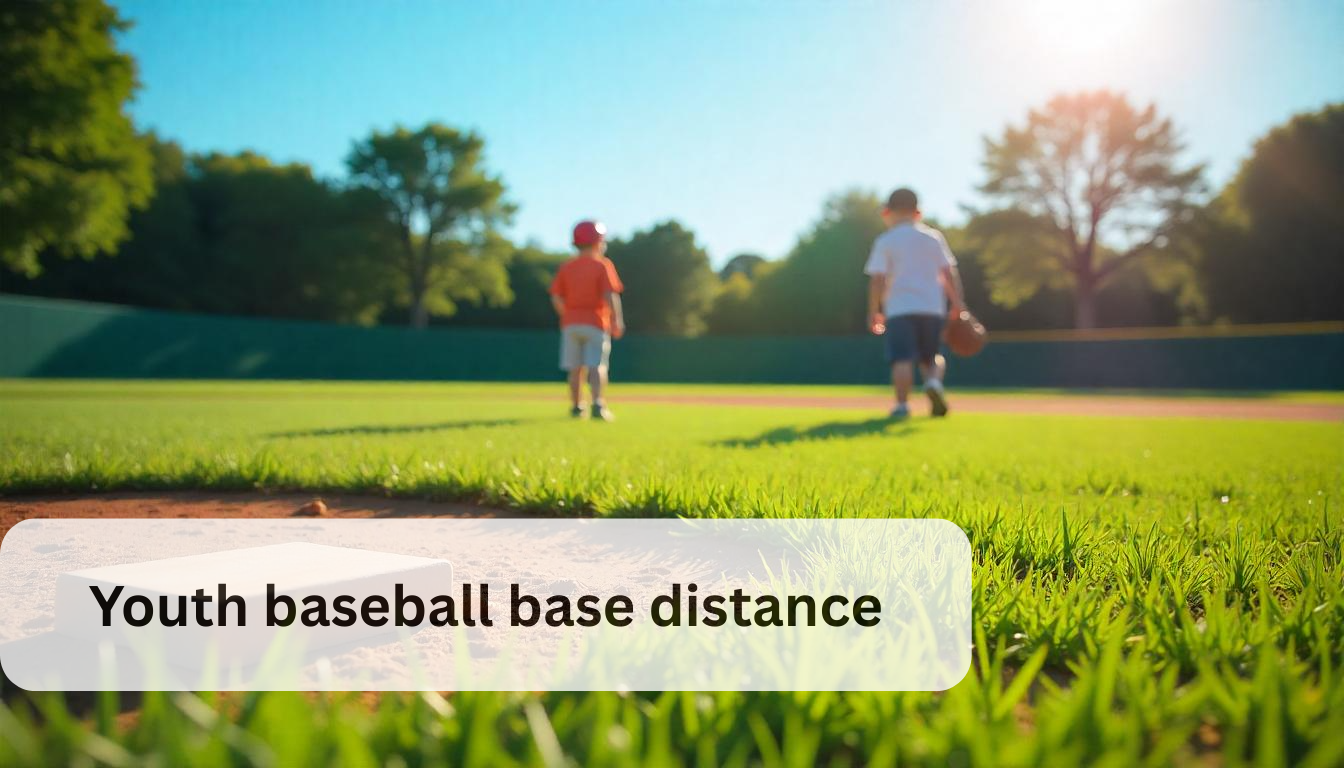A high school baseball game typically has seven innings. This is different from the nine innings played in professional baseball.
High school baseball has its own unique rules and structure. Knowing how many innings are played helps fans and players understand the game better. In this blog post, we will explain the reasons behind the seven-inning rule. We will also discuss how it affects the players and the flow of the game.
Whether you are new to high school baseball or just curious, this information will give you a clear picture. So, let’s dive into the world of high school baseball and learn more about its innings.
Introduction To High School Baseball
High school baseball is a beloved sport in the United States. It offers young athletes an opportunity to showcase their skills. It also builds teamwork and discipline. The structure and rules of high school baseball are unique. One common question is about the number of innings played.
Brief History
High school baseball has a rich history. It started in the early 20th century. Schools began organizing teams to compete. Over the years, it grew in popularity. Today, thousands of high schools have baseball teams. Each season, they compete for championships.
Popularity And Reach
High school baseball is widely popular. Many communities support their local teams. Games draw large crowds of fans. The sport also reaches many students. They play for fun and competition. High school baseball teams are found in every state. The game has a vast reach and continues to grow.

Credit: www.theoleballgame.com
Basic Rules Of High School Baseball
High school baseball has its own set of rules that shape the game. These rules ensure fair play and a level field for all teams. Understanding these basics helps both players and fans enjoy the game more.
Field Dimensions
The size of a high school baseball field can vary. The distance from home plate to the outfield fence usually ranges between 300 to 400 feet. The bases are 90 feet apart, creating a diamond shape. The pitching mound is 60 feet 6 inches from home plate. These measurements help maintain consistency and fairness in the game.
Team Composition
A high school baseball team typically has nine players on the field. Each player has a specific position, such as pitcher, catcher, or outfielder. Teams also have substitutes who can replace players during the game. Having a well-rounded team is crucial for success. Each player must understand their role and work together.
Innings Structure In High School Baseball
High school baseball has a unique innings structure. It often differs from other levels. Understanding the innings structure helps fans and players. It keeps the game organized and fair.
Standard Number Of Innings
High school baseball typically has seven innings. This is different from professional baseball, which has nine innings. The seven-inning format keeps the game shorter. It also fits better with school schedules and other activities.
Duration Of Each Inning
Each inning in high school baseball varies in length. The duration depends on several factors. These include the number of pitches and the speed of play. On average, an inning can last about 20 minutes. Some innings may be shorter or longer. It all depends on how quickly outs are made and runs are scored.

Credit: www.casino.org
Extra Innings And Tie Games
High school baseball games usually consist of seven innings. But what happens if the score is tied at the end of the seventh inning? In such cases, extra innings come into play to decide the winner. This section delves into the extra innings and the procedures followed to break a tie.
Overtime Rules
Extra innings in high school baseball follow the same rules as regular innings. Each team gets a chance to bat and field. The game continues until one team outscores the other by the end of an inning. Both teams must have an equal number of opportunities to play.
For example, if Team A scores in the top of the eighth inning, Team B gets a chance to bat in the bottom of the eighth. If Team B does not score, Team A wins. If Team B scores and ties again, the game continues to the next inning.
Tie-breaking Procedures
Some states have specific tie-breaking procedures to limit game duration. These rules may vary, but a common method is the “International Tiebreaker Rule.”
Here is how the International Tiebreaker Rule works:
- Each team starts with a runner on second base.
- The runner is usually the last batter from the previous inning.
- Normal game play resumes from there.
This rule speeds up the process of breaking a tie, making the game shorter and more exciting for players and fans.
Another method is the “Sudden Death” rule. If the game remains tied after a certain number of extra innings, the team that scores first in the next inning wins. This method ensures a quick conclusion to the game.
Here is a quick look at both methods in table form:
| Method | Description |
|---|---|
| International Tiebreaker Rule | Runner starts on second base |
| Sudden Death | Next team to score wins |
Differences Between High School And Other Levels
High school baseball has some unique aspects. It’s different from college and Major League Baseball. Understanding these differences helps in appreciating the game better.
Comparing With College Baseball
High school baseball games usually have seven innings. College baseball games typically have nine innings. This difference affects game length and strategy.
Pitching rules also vary. High school pitchers have stricter pitch count limits. This is to protect young arms from overuse. College pitchers may have looser restrictions.
Another key difference is the schedule. High school teams play fewer games in a season. College teams play more games, often traveling long distances.
Comparing With Major League Baseball
Major League Baseball (MLB) games have nine innings. High school games usually have seven innings. This makes high school games shorter.
The field dimensions also vary. High school fields can be smaller than MLB fields. This impacts gameplay and player performance.
Professional players have advanced training and skills. High school players are still developing their abilities. The level of play is higher in MLB.
High school players often play for fun and skill-building. MLB players play as a career. This difference in motivation impacts the style of play.
Travel and game frequency differ, too. MLB teams play many more games and travel extensively. High school teams play fewer games and travel less.
| Aspect | High School | College | MLB |
|---|---|---|---|
| Innings | 7 | 9 | 9 |
| Pitch Count Limits | Strict | Moderate | Varies |
| Field Size | Smaller | Standard | Standard |
| Number of Games | Fewer | More | Many More |
Strategic Aspects Of Innings
In high school baseball, understanding the strategic aspects of innings is crucial. Coaches and players must make key decisions throughout the game. These strategies can greatly impact the outcome of the game.
Pitching Strategies
Pitching strategies are vital in high school baseball. Coaches often decide how long a pitcher should stay in the game. This decision can depend on the pitcher’s current performance. Fatigue can affect accuracy and speed. A fresh pitcher can keep the opposing team off balance.
Pitchers also need to be versatile. They must know how to throw different pitches. Fastballs, curveballs, and sliders all have their place. Each pitch can be used to outwit the batter. Mixing these pitches keeps the batter guessing. Strategic pitching can lead to more strikeouts and fewer hits.
Batting Order
The batting order is another strategic element in high school baseball. Coaches place their best hitters in key spots. The leadoff hitter should have a high on-base percentage. This player sets the tone for the inning. Power hitters usually bat third or fourth. They have the best chance to drive in runs.
Speedy players often bat second or lower in the order. They can use their speed to steal bases. This adds pressure on the defense. The goal is to create scoring opportunities throughout the lineup. A well-planned batting order can maximize a team’s chances to score.
Common Situations Affecting Innings
High school baseball games typically consist of seven innings. However, several situations may cause changes to this structure. These situations can delay or shorten the game, affecting the total number of innings played.
Weather Delays
Weather can significantly impact high school baseball games. Rain, lightning, or even extreme heat can cause delays. Umpires and coaches prioritize player safety above all. They may decide to pause the game until conditions improve. If weather conditions do not improve, the game may be postponed or called off. In some cases, games resume from the point they were stopped. In others, they may start over entirely.
Injury Timeouts
Injuries can also disrupt the flow of a baseball game. When a player gets injured, the game pauses. Coaches and medical staff assess the player’s condition. This ensures the player receives appropriate care. If the injury is severe, the game may be delayed further. Substitutions are made if the injured player cannot continue. This process can take time and affect the game’s duration.
Conclusion And Final Thoughts
High school baseball is a beloved sport in the United States. Understanding how it works is important. Knowing the number of innings helps fans follow the game better. This section wraps up our discussion and looks ahead.
Recap Of Key Points
- High school baseball games typically have seven innings.
- Games can end early due to a mercy rule.
- Extra innings occur if the game is tied after seven innings.
- Understanding the rules helps fans and players enjoy the game more.
Future Of High School Baseball
The future of high school baseball looks bright. Changes in rules and equipment can improve the game. More schools are investing in their baseball programs. This means better facilities and training for students. As the sport grows, more students will have the chance to play and learn.
| Aspect | Current Status | Future Outlook |
|---|---|---|
| Number of Innings | Seven | Likely to remain the same |
| Equipment | Standard | Better and safer |
| Facilities | Varies | Improving |
In summary, high school baseball is an exciting sport. Knowing the number of innings and rules enhances the experience. The future holds promise with better equipment and facilities. This will make the sport safer and more enjoyable.

Credit: www.observer-reporter.com
Frequently Asked Questions
How Many Innings In High School Baseball?
High school baseball games typically consist of 7 innings. This can vary due to local regulations or specific league rules.
Can High School Baseball Games Go Into Extra Innings?
Yes, if the score is tied at the end of 7 innings, the game can go into extra innings.
How Long Does A High School Baseball Game Last?
A high school baseball game usually lasts about 2 to 3 hours, depending on game flow and inning duration.
Are There Mercy Rules In High School Baseball?
Yes, many high school leagues have mercy rules. If a team leads by 10 or more runs after 5 innings, the game ends.
Conclusion
High school baseball games usually consist of seven innings. This format offers excitement and competition. Players get ample time to showcase their skills. Coaches can strategize effectively within these innings. Fans enjoy a well-paced game that keeps them engaged. Understanding the structure helps everyone appreciate the sport better.
Next time you attend a game, you’ll know what to expect. Enjoy the game and support your local teams!





